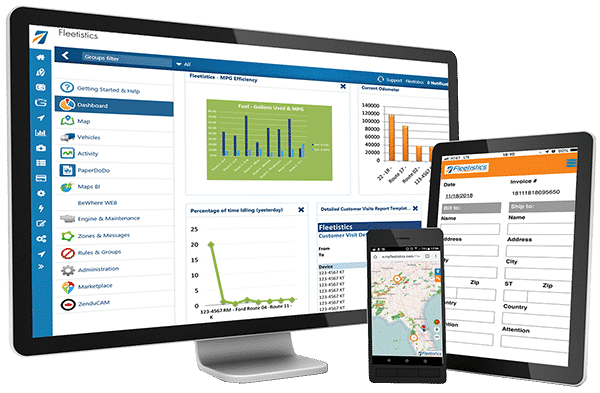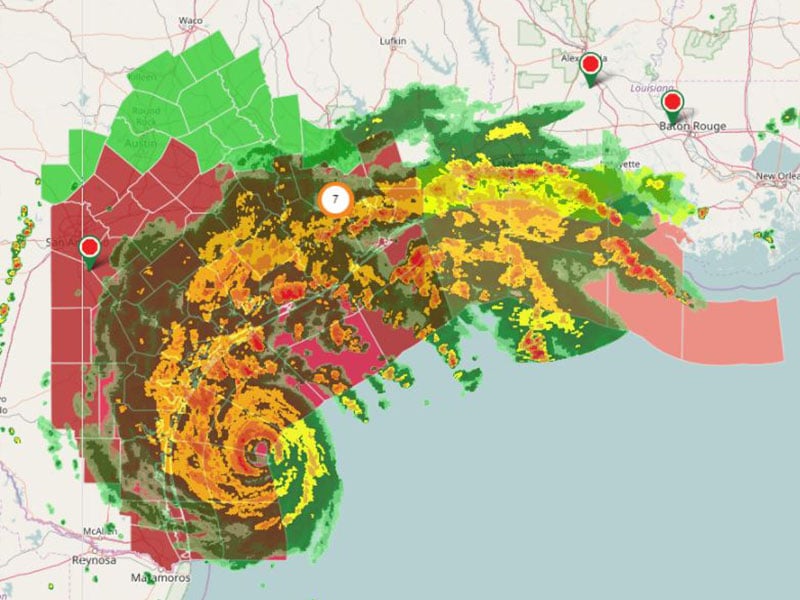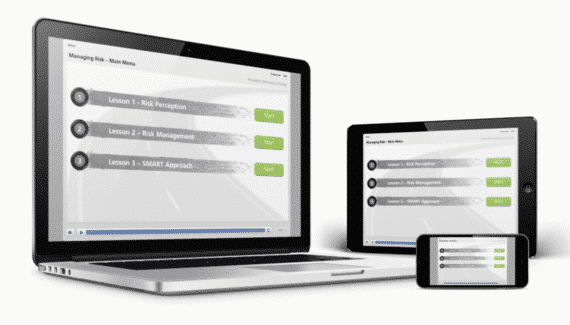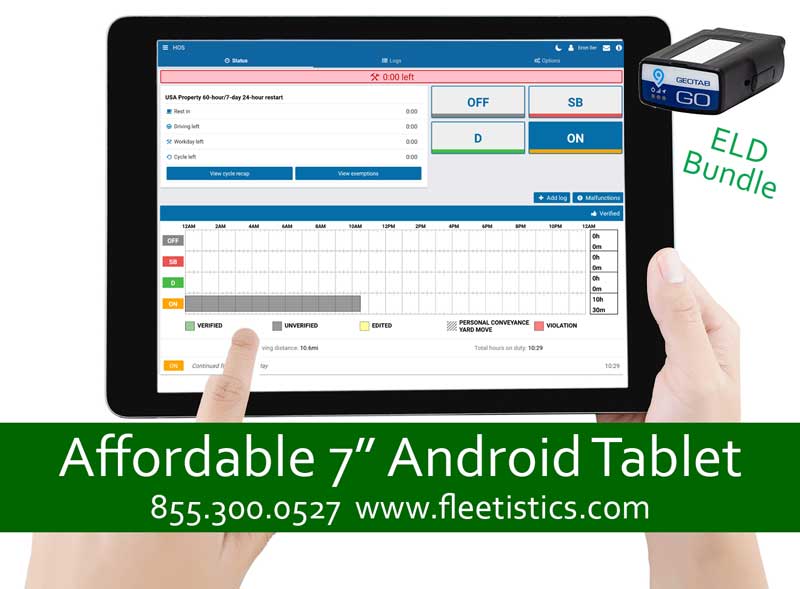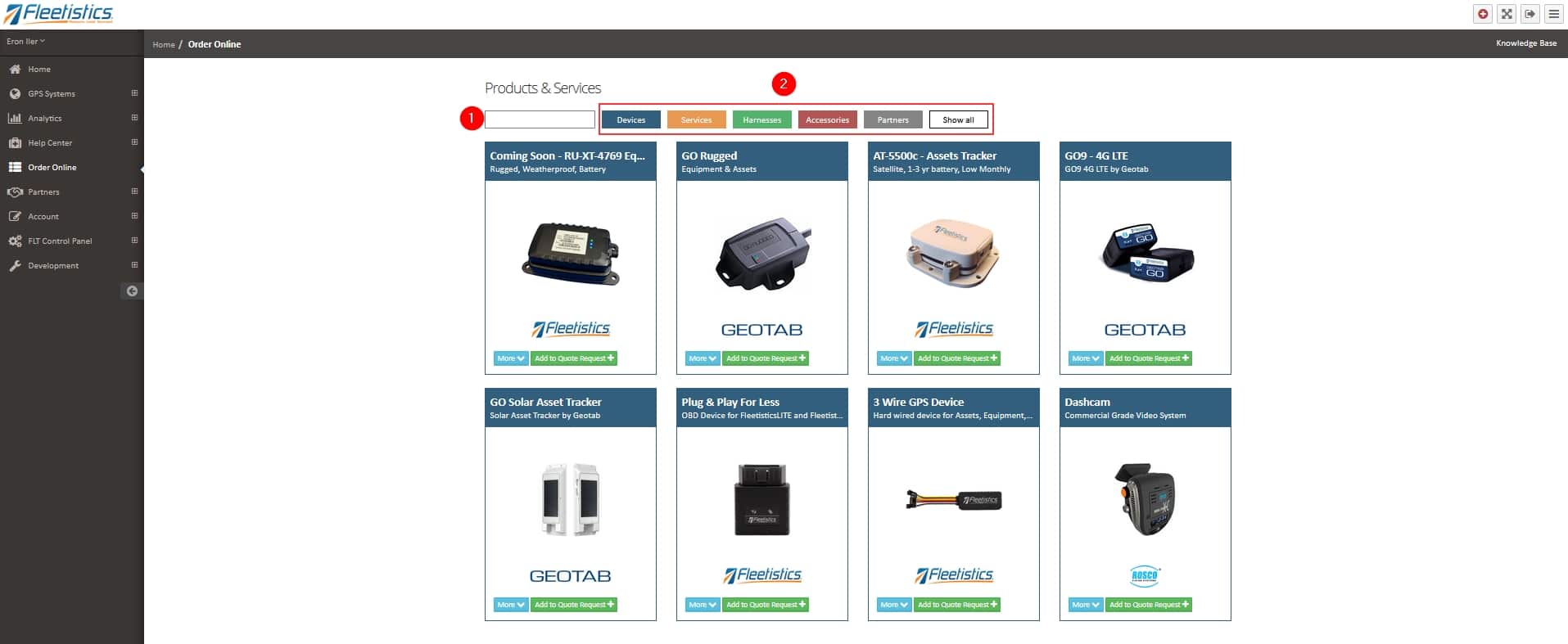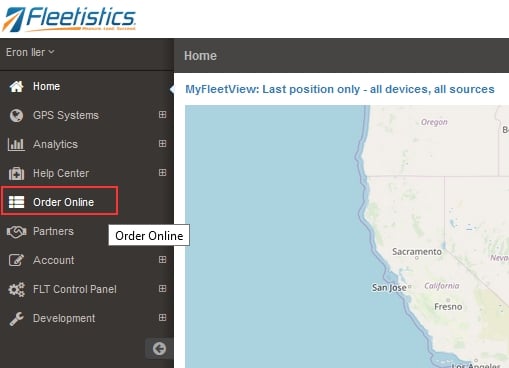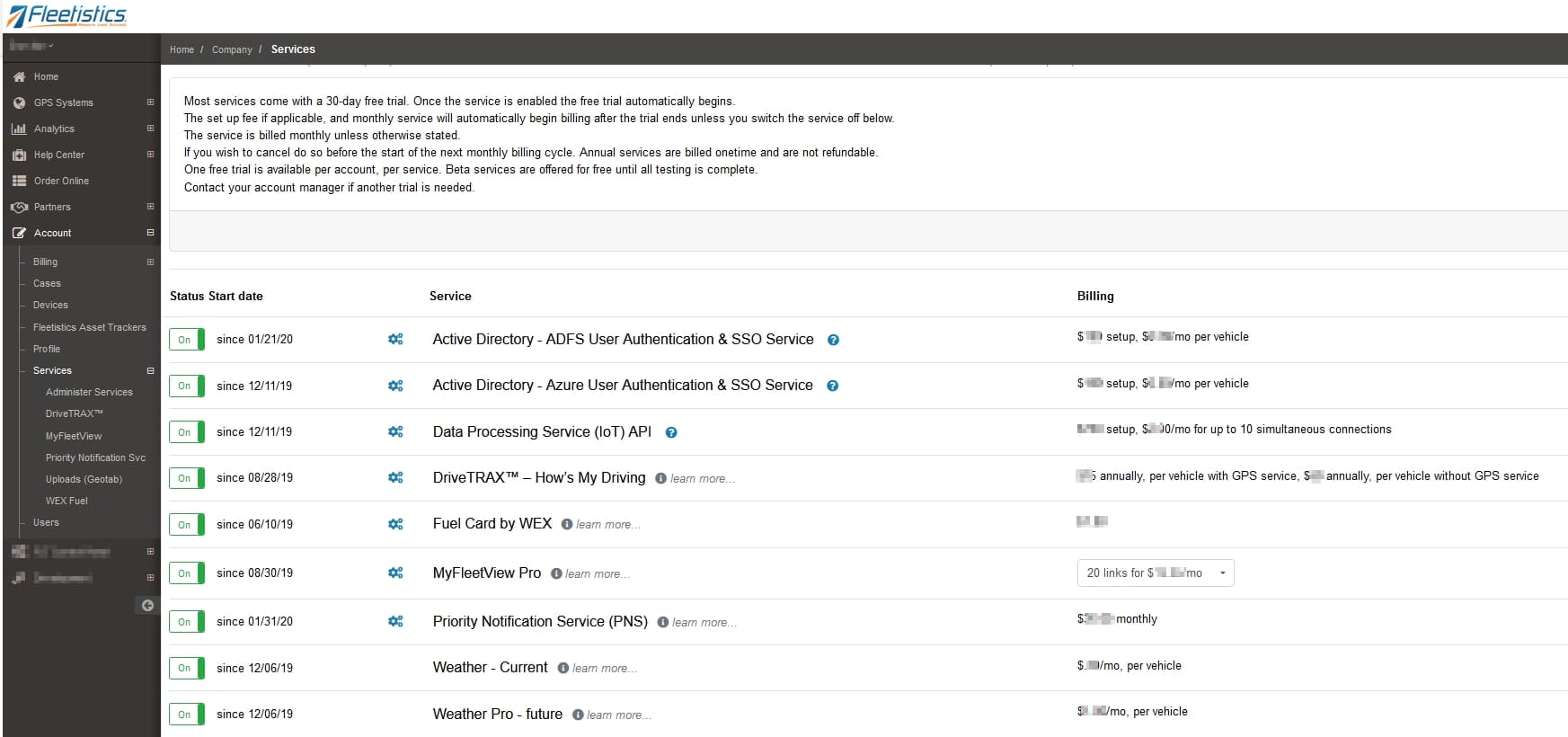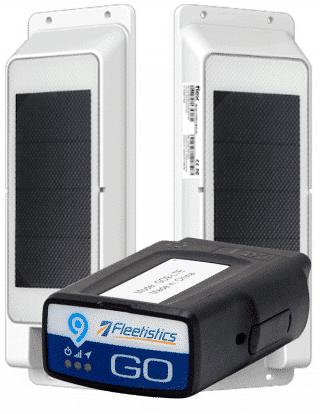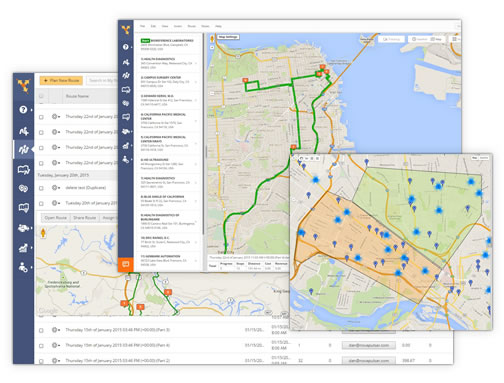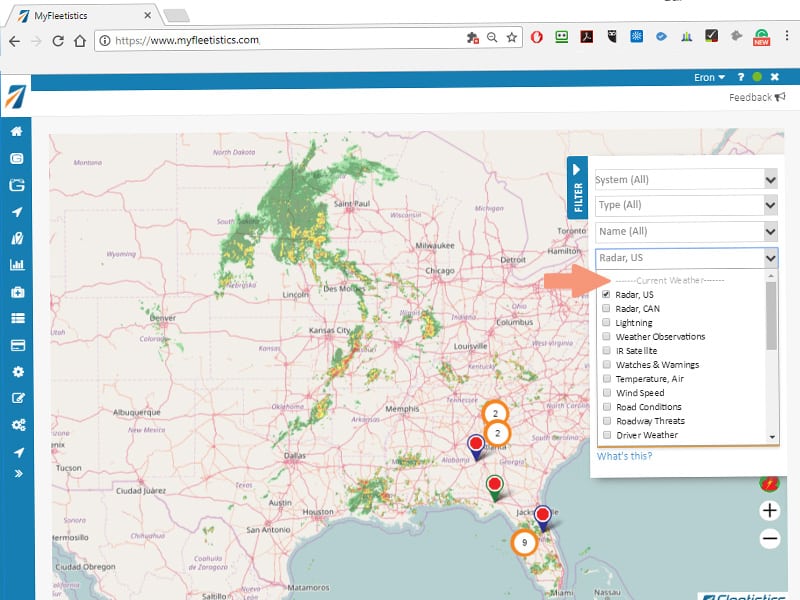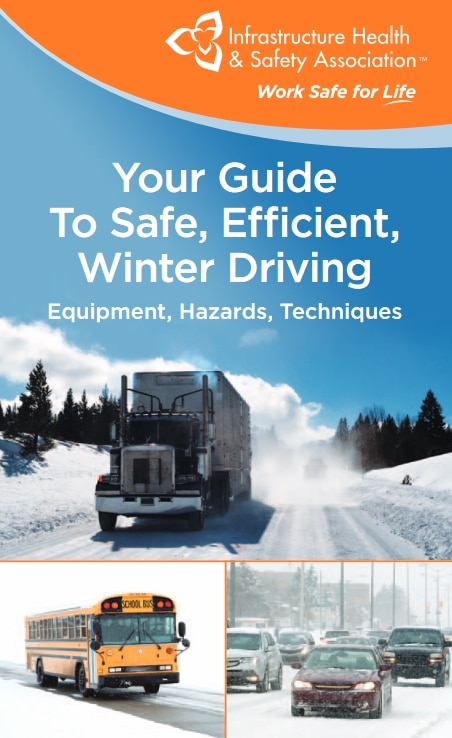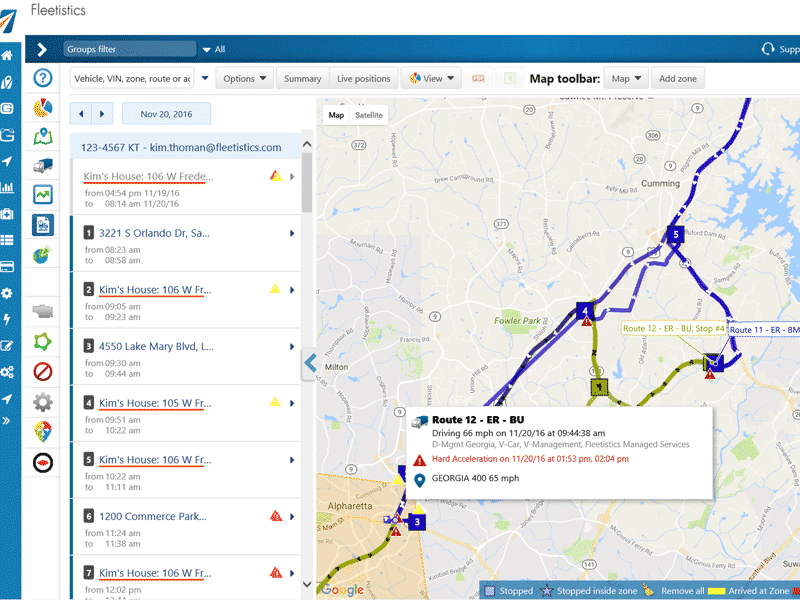How To Properly Connect A Trailer
Properly Connecting a Trailer
The importance of training employees to safely connect a trailer is undeniable. Still, many small service businesses use trailers and take for granted that employees know the law and how to properly connect trailers and cargo. There are several small but important things to train yours drivers to do, such as crossing the chains to avoid being put out of service. Just because you are under 10,001 lbs, it does not mean you do not have to follow State DOT and FMCSA law as a commercial entity.
Trailers pulled by pickup trucks are the dominant configuration for small and large fleet operators outside the trucking industry. Moving a piece of equipment such as a skid steer, lawn equipment or debris likely makes up 90% of the small fleet towing. In this blog we discussing the typical pickup truck and trailer using a ball hitch with a GVW of less than 10,001 lbs.
Accountability to Properly Connect a TrailerÂ
It is important to explain to drivers they are responsible for following the law. To hold them accountable you must train them to the standards of the law and test their comprehension. This enables you to transfer responsibility to the driver should he or she get a ticket or be placed out of service. It is also important that your insurance carrier be aware of your training program and overall safety program, including what you do with telematics.
Most important is keeping your employees and other drivers safe. Faulty connections or worn parts can lead to dangerous situations. A trailer coming off the truck at 70 mph can easily cause a rollover, serious injury and fatalities. Something as simple as the trailer tongue coupler not being all the way down and locked on the ball can lead to a major issue.
Trailer Connection Failures
In a personal situation I trusted someone else to attach the trailer to my F-250. Within a 1/4 mile the trailer came off the ball and began to slam around. Fortunately we were going slowly in a residential area and a speed bump caused the separation. The trailer began to slam around as the chains held. The chains didn’t stop the trailer from swinging left and right and slamming into the truck. At that slow speed there was only minor damage. Since then I have learned to always double check since it is my truck, my insurance and my liability as the owner and driver.
In a commercial fleet any damage will result in a lawsuit from the other party and likely one from your employee as well. This topic should be covered annually and for new hires. Get ahead of the issues and proactively train. For consistency, create and maintain a company training library where you create outlines for your staff to use to lead training. One of the best and most consistent training organization is the National Safety Council. Check out their website for good ideas and examples of how training can be documented and executed.
Trailer Connection Checklist
- Ensure trailer connections are tight and secure
- Look for worn chains, wires and connectors
- Cross the chains and keep them off the road
- Check the breakaway braking cable & secure it separate from the chain
- Ensure the load matches the truck, ball, hitch and receiver
- Properly inflate tires, replace worn tires, and spec the tires to the trailer max GVW
- Check all lights and safety equipment
- Properly secure cargo. Over secure when in doubt. Chains are not required.
- Properly mark commercial vehicles and carry the needed paperwork
- Carry approved triangles and a fire extinguisher
- Ensure the driver is trained and knowledgeable in connecting a trailer
Check out our other blogs on:
- Securing cargo
- Who is required to register with DOT?
- General rules for commercial vehicles

